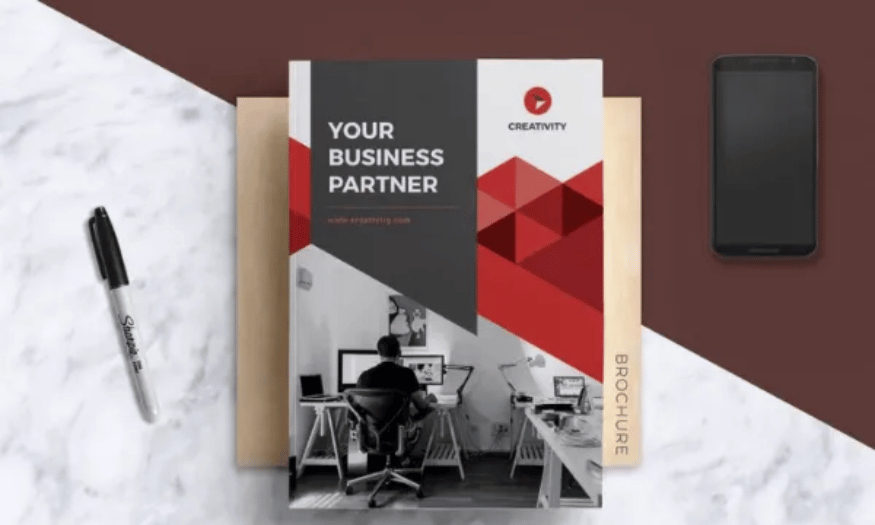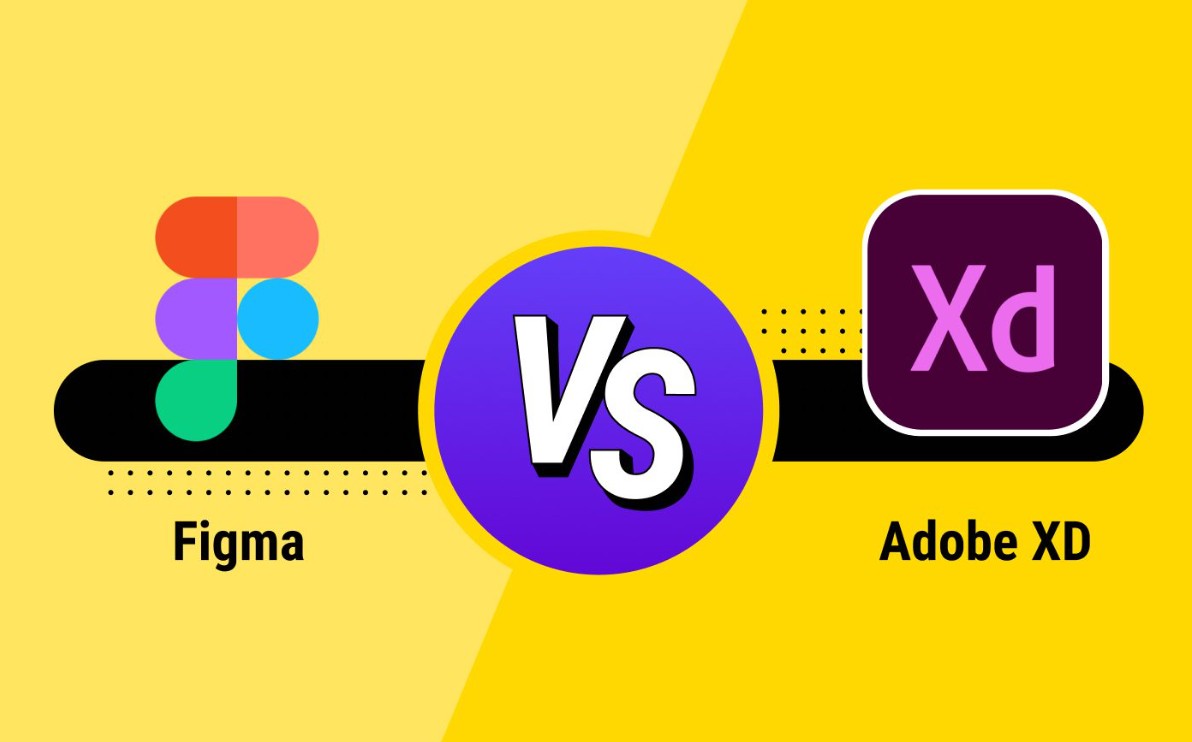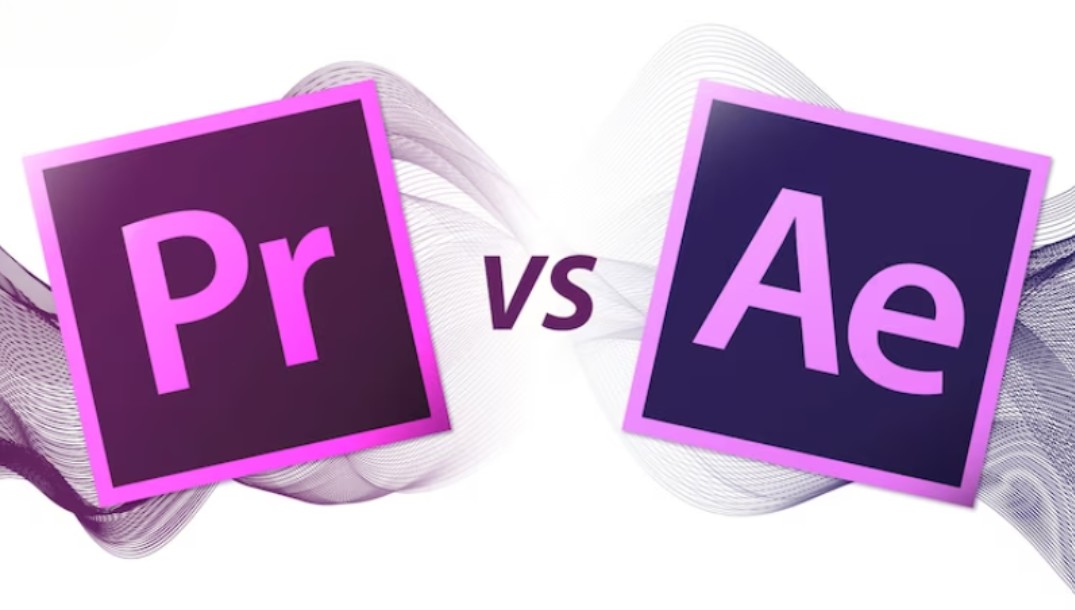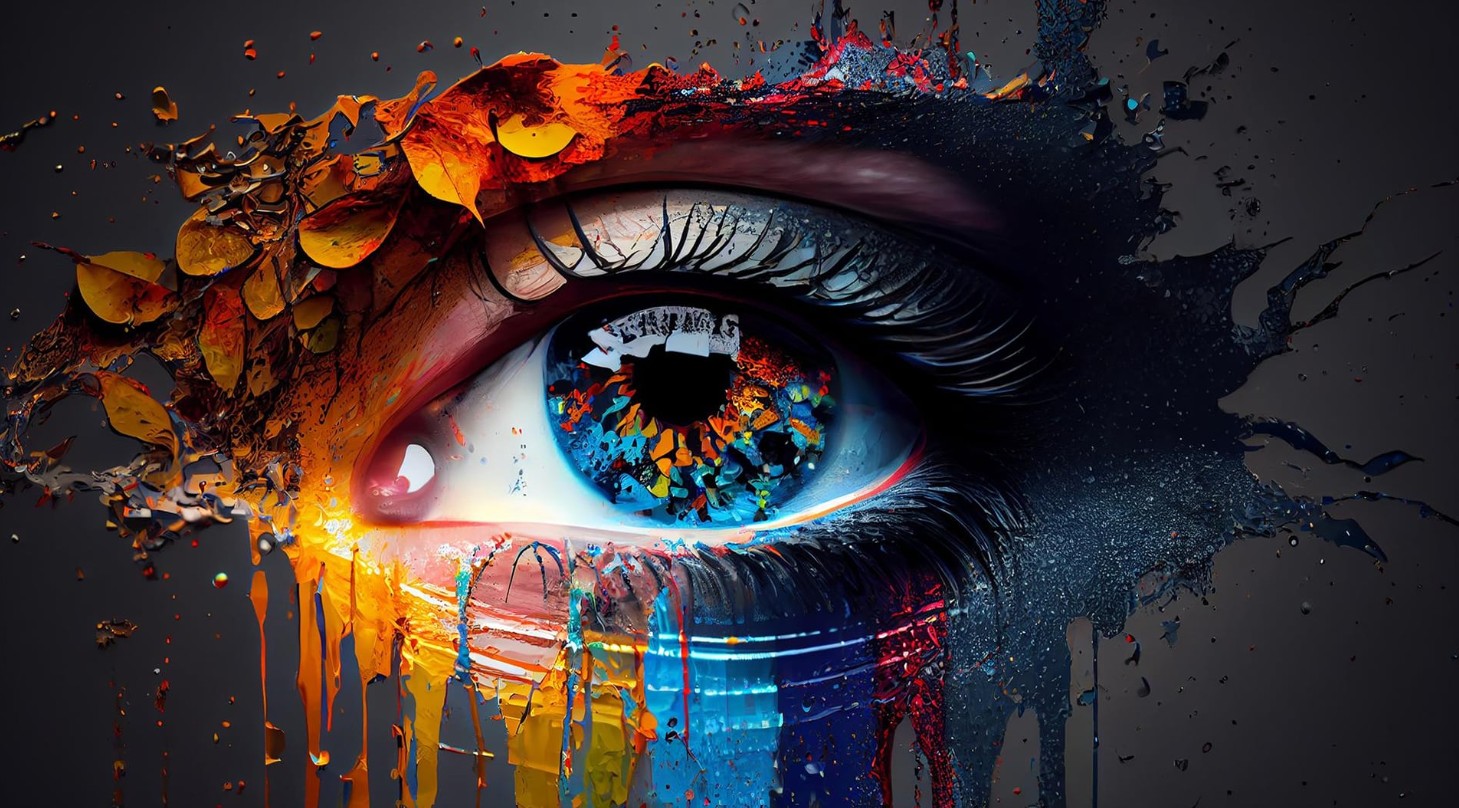Best Selling Products
7 Popular Brochure Design Trends in 2025
Nội dung
- 1. Why do businesses need to design brochures?
- 1.1 Make a good first impression
- 1.2 Effective communication
- 1.3 Building brand image
- 1.4 Flexible in use
- 1.5 Create networking opportunities
- 2. Components of a professional brochure
- 3. The difference between Brochure and Catalogue
- 4. 7 beautiful brochure design trends
- 4.1 Minimalist style
- 4.2 Unique illustrations
- 4.3 Vintage style
- 4.4 Unique folding style
- 4.5 Pop-up design
- 4.6 Use muted colors
- 4.7 Blocky design
- 5. Conclusion
Brochure is not only a promotional tool but also a work of art that conveys a brand message. With the continuous development of design technology, brochure design trends are becoming more diverse and creative. In this article, Sadesign will introduce to you the 7 most popular brochure design trends, giving you new and unique ideas to attract customers.

Brochure is not only a promotional tool but also a work of art that conveys a brand message. With the continuous development of design technology, brochure design trends are becoming more diverse and creative. In this article, Sadesign will introduce to you the 7 most popular brochure design trends, giving you new and unique ideas to attract customers.
1. Why do businesses need to design brochures?
In today’s competitive business environment, promoting your brand and products effectively is extremely important. Brochures have become an indispensable tool in the marketing strategy of many businesses. More than just a printed piece of paper, brochures are a powerful communication tool that helps businesses connect with customers in a deeper way. Here are the reasons why businesses should invest in brochure design.
1.1 Make a good first impression
First impressions are often the deciding factor. A well-designed, professional brochure will grab the attention of your customers at first glance. Harmonious colors, logical layout, and high-quality images will make customers feel interested and want to learn more. In a world where customers have countless choices, a standout brochure can be the deciding factor in helping your business make a mark in the minds of customers.
1.2 Effective communication
One of the biggest benefits of brochures is their ability to convey information in a concise and visual manner. Instead of just using long text, brochures allow businesses to present information in a concise, easy-to-understand manner. Charts, images, and lists can be used to illustrate key points, making it easy for readers to absorb information without feeling bored. This is especially important in a context where customers' attention spans are getting shorter.
.png)
1.3 Building brand image
A brochure is more than just a promotional document; it is also an important part of a company’s brand identity. A brochure that is designed in sync with other brand elements (such as a website, business cards, and other communication materials) will create a professional and consistent image. This makes it easier for customers to recognize and remember your brand, thereby creating trust and loyalty.
1.4 Flexible in use
Brochures are highly versatile and can be used in a variety of situations. They can be distributed at events such as conferences and trade shows, or sent along with products and services via postal mail or email marketing. This versatility allows businesses to reach customers across multiple channels, expanding their marketing opportunities and increasing their brand presence.
1.5 Create networking opportunities
Brochures also act as a bridge between the business and the customer. By providing complete contact information, such as phone number, email, and website address, customers can easily connect and learn more about the product or service. This not only helps strengthen the relationship with the customer but also facilitates the conversion from potential customers to actual customers.
.png)
2. Components of a professional brochure
For a brochure to be truly effective, it needs to include the following basic elements:
Name and logo: The company name and logo should be prominently displayed at the beginning to create an impression and brand recognition. This helps customers easily remember your business and products.
Brief Description: A short, compelling description of your business and product/service is essential. This should focus on the strengths and benefits of your product, helping customers better understand the value your business brings.
High-quality images: High-quality illustrations not only attract attention but also effectively convey the message. The images should match the content and style of the brand, creating a connection between the image and the message the business wants to convey.
Concise, concise content: The content of the text should be clear, easy to understand, and focused on the most important information. Avoid using complex and wordy language; instead, use short, concise sentences that are easy for the reader to absorb.
Contact Information: Providing complete contact information so customers can easily connect with your business is essential. This information can include phone number, email address, office address, and social media links.
Call to Action (CTA): A clear call to action will prompt customers to take a specific action, such as visiting a website, contacting a consultant, or participating in a promotion. The CTA should be placed in a visible and prominent position so that customers do not miss the opportunity to interact with the business.
.png)
3. The difference between Brochure and Catalogue
In marketing, brochures and catalogues are both important tools for businesses to convey their messages to customers. However, despite their similarities, these two types of documents serve different purposes. Brochures are often designed to provide an overview of a business, highlighting the core values and benefits of a product or service. With an attractive layout and vivid images, brochures help attract attention and create a positive impression at first sight.
In contrast, a catalog is a more in-depth document that focuses on providing detailed information about a product category. In a catalog, customers can find detailed descriptions of each product, specifications, and prices. This gives customers a clearer view of the options available to them and aids in their purchasing decision. Catalogs are often used in long-term marketing campaigns and cater to customers who are already looking to learn more about the product.
In short, while brochures are an ideal tool to create a first impression and pique interest, catalogues act as a detailed and reliable source of information for customers. Using both together will help businesses optimize their marketing strategy, increase their reach and persuade customers in their shopping journey.
4. 7 beautiful brochure design trends
4.1 Minimalist style
In today's technological age, minimalism is becoming a popular design trend in many fields, including brochures. This is not simply the use of few colors or images, but also the art of creating a sophisticated and effective design space. By eliminating unnecessary details, minimalist brochures bring a light, pleasant feeling to the viewer. Simplicity not only helps highlight the main message but also makes it easy for customers to receive information quickly.
When designing a minimalist brochure, the choice of font and size is also very important. Simple, easy-to-read fonts will help enhance the ability to convey the message. Moreover, the reasonable use of white space not only makes the design elegant but also creates a balance between images and content. This style is not only suitable for modern brands but also shows professionalism and reliability in the eyes of customers.
Ultimately, minimalism creates a strong and memorable impression. Less detail doesn’t mean less creativity, on the contrary, sophistication and smart choice of colors and images can create an attractive brochure that still retains its elegance.
4.2 Unique illustrations
One of the prominent trends in brochure design today is the use of unique illustrations, especially hand-drawn ones. Creativity in the presentation of illustrations not only helps create highlights but also brings a unique personality to the brand. These illustrations often bring a sense of closeness and friendliness, making it easy for customers to connect with the message that the business wants to convey.
By using illustrations, brochures can convey many elements that a normal image cannot. For example, an illustration can represent a story, an experience or an idea in a unique and understandable way. This not only attracts attention but also creates a deep and lasting impression in the customer's mind.
Furthermore, unique illustrations can also help your brand stand out in a competitive market. While most businesses use stock images, choosing a unique illustration can help differentiate your business and showcase your core values, thus attracting potential customers more effectively.
4.3 Vintage style
Vintage style is becoming an increasingly popular design trend in brochures, bringing a sense of nostalgia, luxury and class. Brochures with this style often use warm colors, classic motifs and design elements inspired by previous decades. This combination not only creates a gentle look but also reminds of the traditional values and history of the brand.
Using vintage style in brochure design is not just about choosing old design elements but also about telling a story. Small details like classic fonts, decorative motifs and retro images can tell customers a story about the origin and development of the product. This not only creates an emotional connection with customers but also helps build trust in the quality and value of the brand.
In addition, the vintage style is also suitable for brands that want to show their difference in a competitive market. By applying this style, businesses can create a unique and impressive image, attract customers' attention and make them feel special when using their products or services.
.png)
4.4 Unique folding style
One of the effective ways to differentiate your brochure is to use unusual folds. Unique folds not only attract attention but also create an interesting experience for the reader. Instead of traditional folds, applying creative folds such as zigzag folds, square folds or multi-layer folds will make your brochure stand out in the eyes of customers.
An interesting fold is not only an aesthetic element but can also help organize content effectively. Information sections can be clearly divided, making it easier for customers to find and access the information they need. This increases the ability to convey the message and keep customers on the brochure longer.
Furthermore, a brochure with a unique fold can create a sense of curiosity and interest for the viewer. When holding a brochure with an unexpected design, customers will feel more interested in exploring the content inside. This not only increases the brand's memorability but also encourages customers to share the brochure with others, thereby expanding the opportunity to reach a wider audience.
4.5 Pop-up design
The pop-up brochure design trend is attracting the attention of many businesses thanks to its ability to create impressive 3D effects. These brochures are not simply flat pieces of paper; when opened, they will reveal images or models that pop up, creating a unique interactive experience. This surprise and excitement not only attracts attention but also makes a strong impression on the recipient.
Pop-up designs offer businesses the opportunity to showcase their creativity and innovation. The images or models that pop up can illustrate products, services, or other key aspects of your brand, giving customers a better idea of what your business has to offer. This not only helps to strengthen your connection with your customers, but also encourages them to learn more.
Furthermore, a pop-up brochure can also be a fun gift that customers will want to keep. When a design makes a strong impression, customers are more likely to share it with friends and family, increasing the likelihood of it going viral and building brand awareness. This not only helps businesses stand out from the crowd, but also creates opportunities to reach a wider market.
4.6 Use muted colors
A recent design trend is the use of muted colors. These colors are often soft, not too bright, creating a pleasant and subtle feeling for the viewer. Choosing muted colors not only brings elegance to the design but also helps highlight the message that the business wants to convey in a natural and harmonious way.
Muted colors also have the ability to create a luxurious and modern look for your brochure. When combined skillfully with other design elements, this color can create a pleasant atmosphere, making customers feel more comfortable and closer to the brand. This is especially suitable for businesses that want to convey professionalism and trustworthiness.
In addition, using muted colors also helps brochure design become more flexible in combining with other images and content. Soft colors will not lose the viewer's attention, but on the contrary, they will highlight the main messages and illustrations, contributing to creating a harmonious and easy-to-see whole.
4.7 Blocky design
Block design is becoming a prominent trend in creating a modern and clear brochure. Using geometric shapes in the layout not only helps to organize information scientifically but also creates an easy-to-read and accessible look. Different colored blocks can be used to divide content sections, making it easy for readers to find the information they need.
When designing a block, the combination of colors and images is also important. Bright blocks of color can attract attention, while darker blocks of color can be used to create balance in the overall design. This not only makes the brochure more eye-catching, but also helps to convey the message more clearly and effectively.
Furthermore, block design also brings a modern and professional feel, suitable for many types of businesses. When customers see a brochure with a clear and easy-to-understand layout, they will tend to trust the brand more. This not only helps strengthen brand recognition but also creates opportunities for businesses to connect more deeply with customers.
.png)
5. Conclusion
Above are the 7 most popular brochure design trends today. Applying these trends will not only help you create impressive brochures but also contribute to enhancing brand value in the eyes of customers. Let your creativity and personal style shine in each design, and don't forget that a beautiful brochure is not only a promotional tool but also a bridge connecting the brand and customers.












































